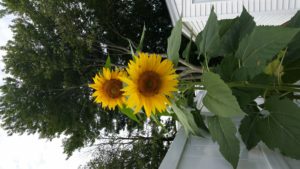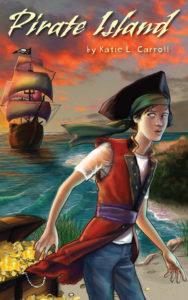I’ve lost track of how long I’ve been working on the second Elixir book, ELIXIR SAVED. Looking back over my folders of documents, inspiration pictures, and notes, I see at least one that dates back to 2010! Really, though, this is the book I had the idea for when thinking about writing a book for my sister Kylene (and ending up writing ELIXIR BOUND first). So really I’ve been “working” on this book for many, many, many years.

It’s been a labor of love (and hate). It’s been a hard book to write. I’ve taken many breaks. I still haven’t quite gotten to write “The End” for it yet, though my last round of revisions got me at least in a place where I felt like I can actually write the ending scenes. I had hoped to do that this summer, but life was too busy and my head (and my heart) wasn’t in the right place. Now I think they are.
As a reward for making it through those last revisions, I allowed myself to contact my awesome cover artist Susan Tait Porcaro. She sent me a concept sketch yesterday and it’s looking really good. It’s visual motivation to keep on pushing to get this thing done.

Plus, two of three of the boys will be in school all day starting later this week, so hopefully that will give me the time I need. If any of my novel critique partners are reading this, expect an email from me soon! It’s been so long since I’ve had anything for them to read.
So look for ELIXIR SAVED, coming Winter 2020!





 Beyond making the material age appropriate, I think it’s important to make the history relevant. Whether that means making it fun (which isn’t necessarily the case of the history I’ve included) or by making it personal. Captain Kidd’s history is personal to Billy, the main character of PIRATE ISLAND, because Billy becomes obsessed with Kidd and models Kidd’s behavior to be brave. The history of the hidden treasure drives the plot of the story, but Billy’s emotional connection to Kidd drives the emotional story line.
Beyond making the material age appropriate, I think it’s important to make the history relevant. Whether that means making it fun (which isn’t necessarily the case of the history I’ve included) or by making it personal. Captain Kidd’s history is personal to Billy, the main character of PIRATE ISLAND, because Billy becomes obsessed with Kidd and models Kidd’s behavior to be brave. The history of the hidden treasure drives the plot of the story, but Billy’s emotional connection to Kidd drives the emotional story line.



















